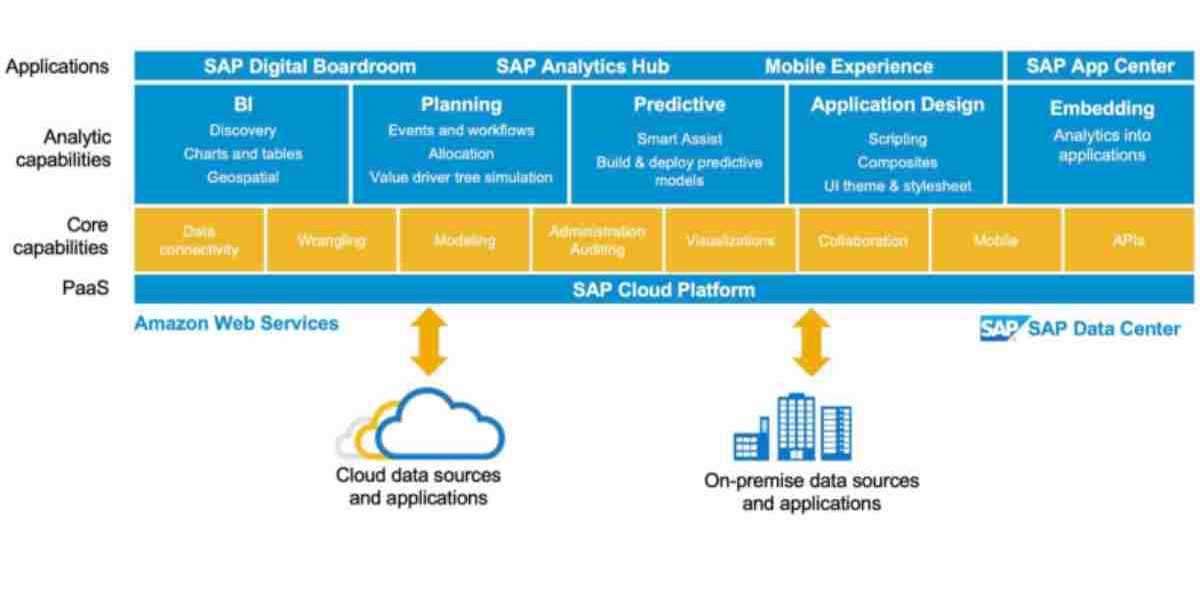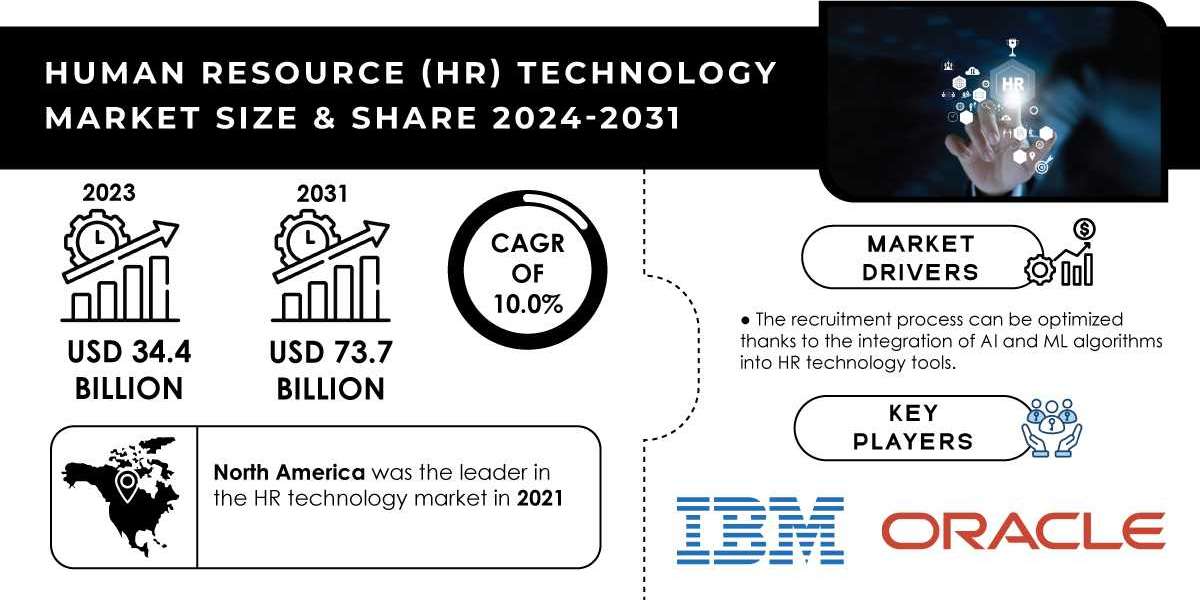In today’s data-centric world, businesses are constantly striving to extract actionable insights from their extensive data reserves. If you're seeking a cloud-based solution to enhance your understanding of data, make informed decisions, and plan effectively for the future, SAP Analytics Cloud (SAC) stands out as an exceptional option. This powerful and adaptable analytics platform integrates business intelligence, augmented and predictive analytics, and planning capabilities into a seamless end-to-end workflow. In this blog, we will delve into the core features and advantages of SAP Analytics Cloud and explore how it can transform your data analytics strategy.
SAP Analytics Cloud is a comprehensive, cloud-based enterprise analytics solution that forms part of the SAP Business Technology Platform (BTP). It offers a unified approach to planning, predictive analytics, and business intelligence, seamlessly connecting to various data sources across both on-premises and cloud environments. This connectivity allows SAC to provide a holistic and integrated view of your organization's data, whether it's sourced from SAP applications or non-SAP systems. SAC supports integration with over 100 pre-configured SAP business content packages, catering to diverse business lines and industries, which accelerates your analytics and planning processes. Additionally, SAC facilitates real-time collaboration on plans and budgets, leveraging current data and simulations to align strategies and goals.
One of SAC’s key strengths is its ability to connect to a wide range of data sources. It supports integration with SAP systems such as SAP BW, SAP HANA, and SAP S/4HANA, as well as other databases and cloud applications like Google BigQuery and SAP SuccessFactors. SAC provides two main methods for data connection: live connection and data acquisition. Live connections allow for real-time data retrieval from source systems when a story is opened or refreshed, whereas data acquisition involves replicating data into SAC for analysis. While some sources support live connections, others, like SAP SuccessFactors, might require SAP Data Warehouse Cloud as an intermediary to facilitate real-time data access through remote connections.
The architecture of SAP Analytics Cloud is designed to support its extensive functionality. The core layer includes the SAP HANA database, the SAC application server, and the web application itself. The data layer connects SAC to various data sources, whether they are hosted in SAP’s data centers, on-premises, or within hybrid environments. The user layer offers access through a web application, a mobile app, and an SDK, enabling users to interact with the platform from various devices.
SAC excels in several areas, including data integration, visualization, and advanced analytics. Its data integration capabilities enable users to consolidate data from various sources, including SAP and non-SAP systems, spreadsheets, and databases, for comprehensive analysis. The SAP Analytics Cloud Modeler facilitates data preparation, transformation, and modeling, while the integration with SAP S/4HANA Cloud supports enhanced planning and reporting.
In terms of visualization, SAC offers an intuitive drag-and-drop interface for creating interactive dashboards and reports. Users can leverage a diverse array of chart types, widgets, and formatting options to present data in meaningful ways. SAC also incorporates advanced analytics features, such as predictive analytics and machine learning algorithms, allowing users to uncover hidden patterns and perform forecasting.
The platform’s planning and budgeting functionalities streamline financial processes, enabling collaborative budget creation, scenario analysis, and variance tracking. These features support informed decision-making by providing insights into different outcomes and comparing them with actual results.
Collaboration and sharing are central to SAC’s design. The platform enables users to share visualizations, reports, and dashboards with colleagues, and offers built-in tools for real-time collaboration, such as commenting, task assignments, and discussions. This fosters a culture of data-driven decision-making within teams.
SAP Analytics Cloud’s cloud-based nature ensures accessibility and scalability, eliminating the need for infrastructure maintenance and allowing organizations to adjust resources as needed. Its self-service analytics capabilities empower business users to create dashboards and reports independently, reducing reliance on IT departments.
Integration with the broader SAP ecosystem ensures that SAC communicates seamlessly with other SAP products, enhancing real-time data access and leveraging existing SAP technology investments. SAC also prioritizes security and data governance with features like role-based access control, encryption, and compliance with industry standards.
Recent updates to SAC, including the unification of stories and analytic applications and enhancements in data calculations and commenting, reflect its commitment to continuous improvement. Upcoming features, such as custom data source support and enhanced widget functionality, promise to further extend its capabilities.
In summary, SAP Analytics Cloud is a transformative platform that combines business intelligence, advanced analytics, and planning into a single, integrated solution. With its user-friendly interface, robust data integration, and collaboration features, SAC empowers organizations to make data-driven decisions and drive better business outcomes. Embrace SAP Analytics Cloud to unlock new insights, stay competitive, and excel in a data-driven world.














